The energy landscape is undergoing a transformation, driven by technological advancements that promise to reshape how we generate, store, and consume power. As the world grapples with the dual challenges of climate change and rising energy demand, innovations in clean energy technologies are poised to reduce our dependence on fossil fuels and create more sustainable solutions. From renewable energy sources to energy storage breakthroughs and smart grids, the future of energy is being redefined.
Renewable Energy: Powering the Future
Renewable energy is at the forefront of this revolution, with solar, wind, and hydropower leading the charge. These clean energy sources are becoming increasingly efficient and affordable, thanks to technological innovations.
Solar Power
Solar energy has become one of the most promising renewable energy sources. Advancements in photovoltaic (PV) technology have made solar panels more efficient, cheaper, and accessible. Researchers are working on next-generation solar cells, such as perovskite-based panels, which have the potential to increase energy conversion rates dramatically.
Moreover, solar power is no longer limited to traditional rooftop panels. Innovations like solar windows, which integrate photovoltaic cells into building materials, and floating solar farms, which utilize bodies of water to generate electricity, are expanding the possibilities of solar energy. These developments are making it easier for cities, businesses, and individuals to harness the power of the sun, reducing the carbon footprint of energy consumption.
Wind Power
Wind energy has also seen significant advancements. Offshore wind farms, in particular, are emerging as a key player in the global energy mix. With the ability to capture stronger and more consistent winds at sea, these installations are becoming more efficient and cost-effective.
Technological improvements in wind turbine design are driving this growth. Taller towers, longer blades, and advanced materials are enabling turbines to generate more electricity while withstanding harsh environmental conditions. In addition, artificial intelligence (AI) is being employed to optimize wind farm operations, predicting maintenance needs and improving energy output.
Energy Storage: Solving Intermittency Challenges
One of the biggest challenges with renewable energy sources like solar and wind is their intermittent nature. The sun doesn’t always shine, and the wind doesn’t always blow. To address this issue, energy storage technologies are rapidly evolving, allowing us to store excess energy when it’s plentiful and release it when needed.
Battery Technologies
Lithium-ion batteries, commonly used in electric vehicles (EVs) and portable electronics, have been the dominant energy storage solution for the past decade. However, researchers are now exploring next-generation batteries that offer higher energy densities, longer lifespans, and faster charging times.
Solid-state batteries, for instance, replace the liquid electrolyte in conventional batteries with a solid material, making them safer and more efficient. These batteries have the potential to revolutionize both the energy storage and transportation sectors, enabling longer-range electric vehicles and more reliable grid storage.
Additionally, flow batteries, which use liquid electrolytes to store energy, are gaining traction for large-scale energy storage projects. Unlike traditional batteries, flow batteries can scale up easily and provide longer-duration storage, making them ideal for balancing the grid and supporting renewable energy integration.
Grid-Scale Storage Solutions
In addition to batteries, other grid-scale energy storage solutions are being developed. Pumped hydro storage, which uses excess electricity to pump water uphill and then generates power as the water flows back down, remains one of the most efficient large-scale storage methods. However, new technologies such as compressed air energy storage (CAES) and hydrogen-based storage systems are emerging as viable alternatives.
Hydrogen, in particular, holds great promise as a clean energy carrier. Electrolysis can be used to produce hydrogen from renewable electricity, which can then be stored and converted back into electricity when needed. This makes hydrogen a versatile option for energy storage and a potential replacement for fossil fuels in industries like shipping and aviation.
Smart Grids: Revolutionizing Energy Distribution
As energy generation becomes more decentralized and intermittent, the traditional grid infrastructure is being reimagined. Smart grids, powered by digital technologies and data analytics, are transforming how electricity is distributed and consumed.
Decentralization and Microgrids
The traditional centralized grid model, where electricity is generated at large power plants and then transmitted to consumers, is giving way to a more decentralized approach. Distributed energy resources (DERs), such as rooftop solar panels, small wind turbines, and energy storage systems, are allowing individuals and communities to generate and consume their own electricity.
Microgrids, which can operate independently or in conjunction with the main grid, are becoming more popular. These localized energy networks provide greater resilience, especially during natural disasters or grid outages. Microgrids can incorporate renewable energy sources and energy storage, ensuring a reliable power supply even in remote or vulnerable areas.
Demand Response and Energy Efficiency
Smart grids enable real-time communication between utilities and consumers, allowing for more efficient energy use. Demand response programs, for example, incentivize consumers to reduce their electricity usage during peak demand periods, helping to balance the grid and prevent blackouts.
Smart meters, connected devices, and home energy management systems give consumers greater control over their energy consumption. These technologies allow households and businesses to monitor and optimize their energy use, reducing costs and lowering carbon emissions.
Electric Vehicles and the Electrification of Transport
The transportation sector is also undergoing a transformation, with electric vehicles (EVs) leading the charge toward a cleaner future. EV adoption is increasing rapidly, driven by advances in battery technology, falling costs, and government incentives.
Battery Improvements and Range Expansion
One of the main barriers to widespread EV adoption has been range anxiety, or the fear that an electric vehicle won’t have enough battery life to reach its destination. However, continuous improvements in battery technology are addressing this concern. Modern EVs can travel hundreds of miles on a single charge, and rapid-charging networks are expanding to support long-distance travel.
Moreover, innovations like wireless charging, where vehicles can charge while parked or even while driving on specially equipped roads, are being developed to make EV ownership more convenient.
Vehicle-to-Grid (V2G) Technology
EVs are not just consumers of electricity; they can also become energy storage devices. Vehicle-to-grid (V2G) technology allows electric vehicles to send excess electricity back to the grid during periods of high demand. This helps stabilize the grid and reduces the need for additional power plants.
As more EVs are integrated into the energy system, they could play a crucial role in balancing renewable energy generation and consumption, further accelerating the shift to a cleaner energy future.
The Role of Policy and Innovation
While technological advancements are driving the future of energy, supportive policies and investments in research and development are equally important. Governments around the world are implementing policies to accelerate the transition to clean energy, such as renewable energy targets, carbon pricing, and subsidies for clean technology development.
Private sector innovation is also playing a critical role. Tech companies, startups, and established energy companies are investing heavily in clean energy technologies, driving competition and accelerating the pace of change. Collaboration between public and private sectors will be essential to overcoming the remaining barriers to a sustainable energy future.
Conclusion
The future of energy is being shaped by a combination of technological innovation, policy support, and changing consumer behavior. Renewable energy sources like solar and wind are becoming more efficient and affordable, while advancements in energy storage and smart grids are addressing the challenges of intermittency and distribution. Electric vehicles and the electrification of transport are further contributing to a cleaner, more sustainable energy system.
As we move forward, continued innovation and investment will be critical to achieving a low-carbon future. The future of energy is bright, and technology is leading the way in creating a more sustainable and resilient energy landscape.

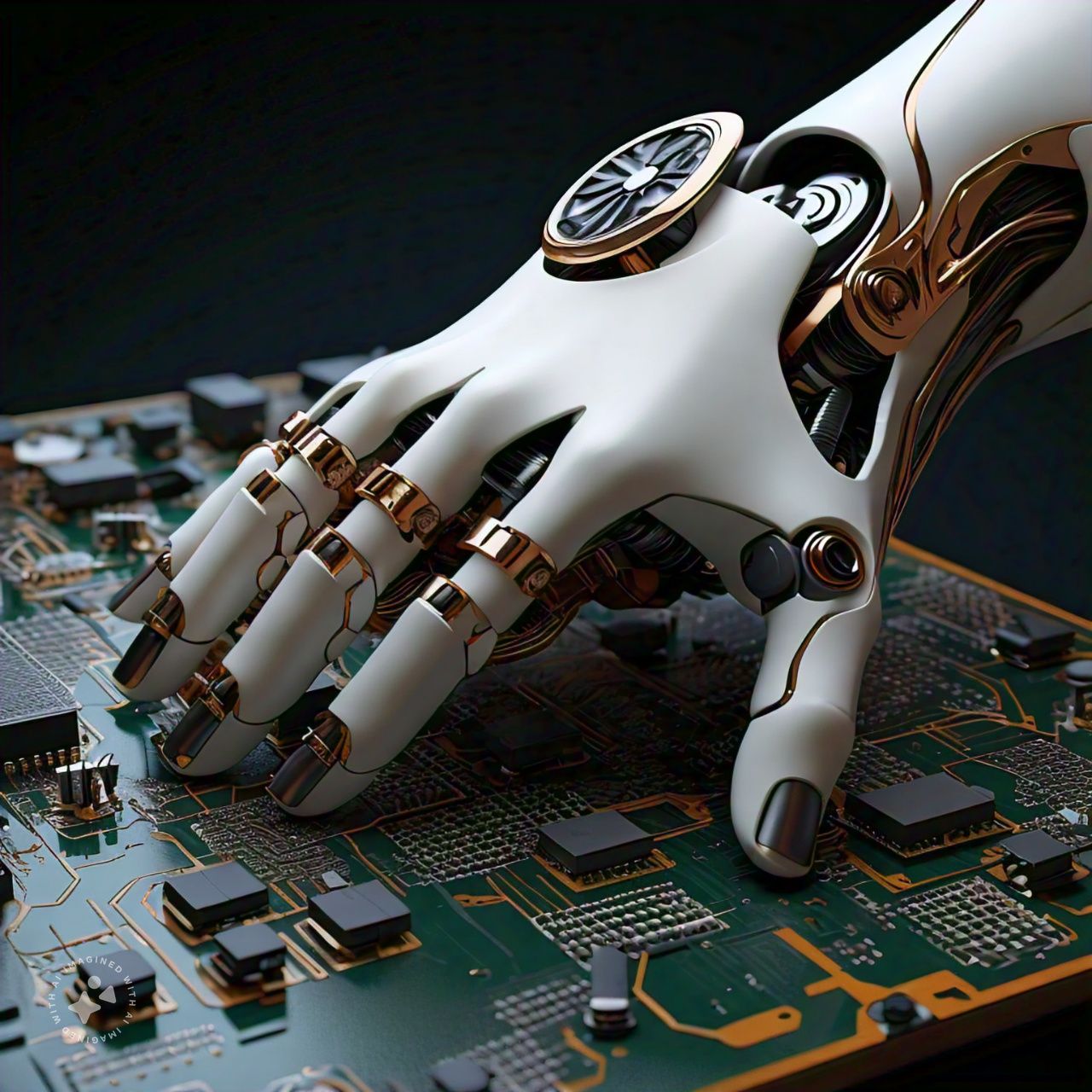
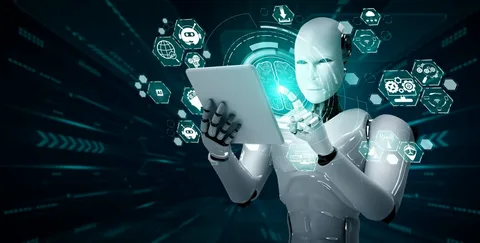
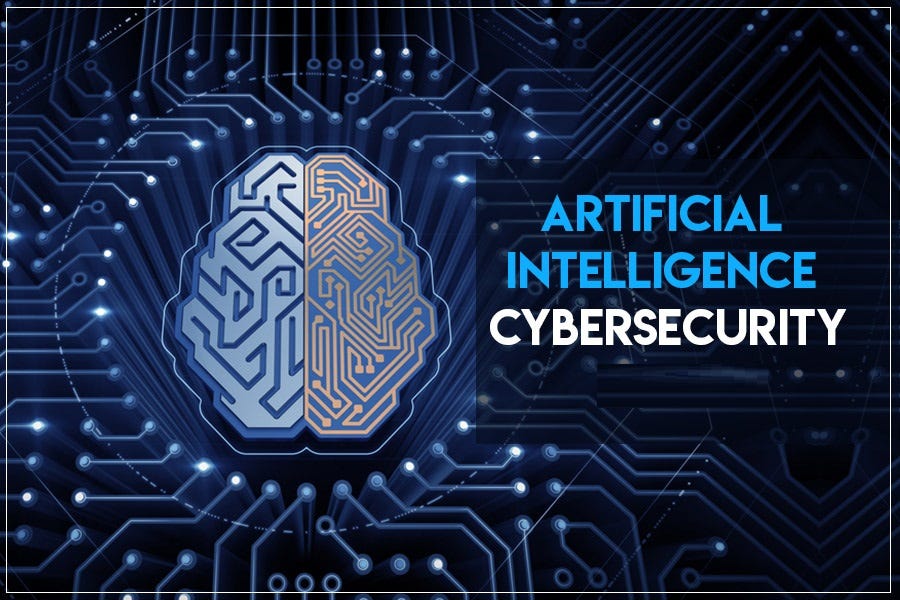


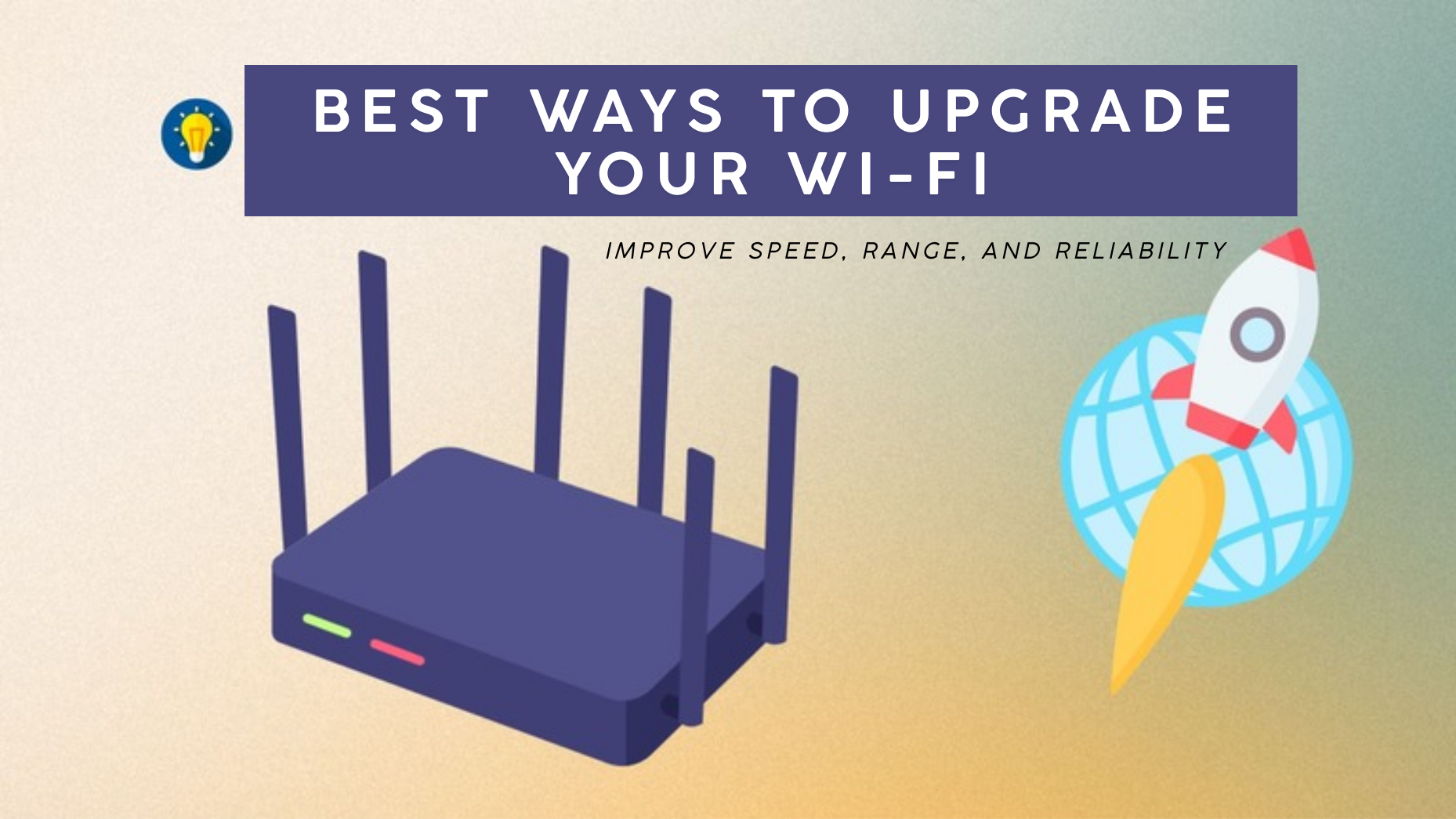

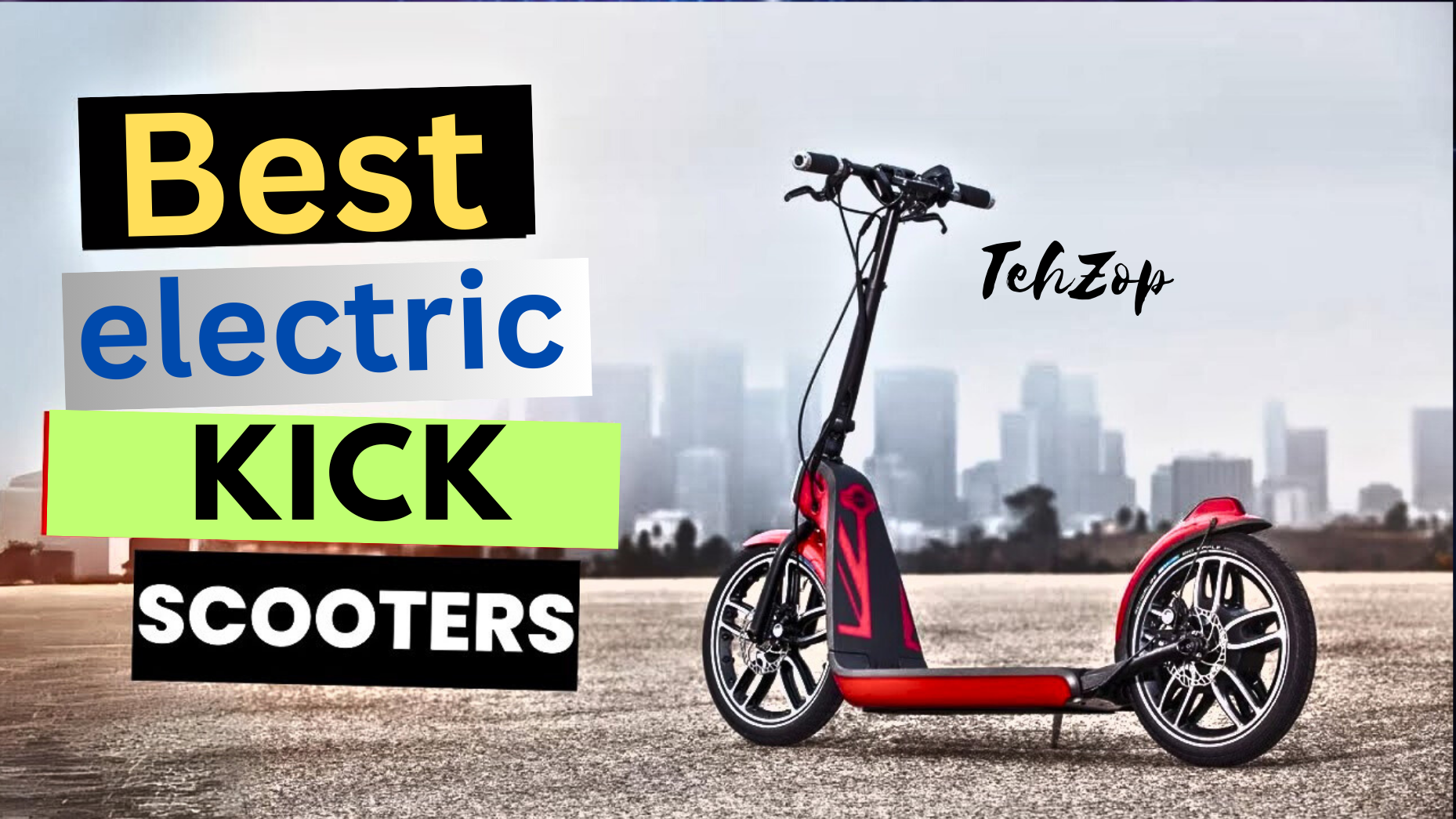

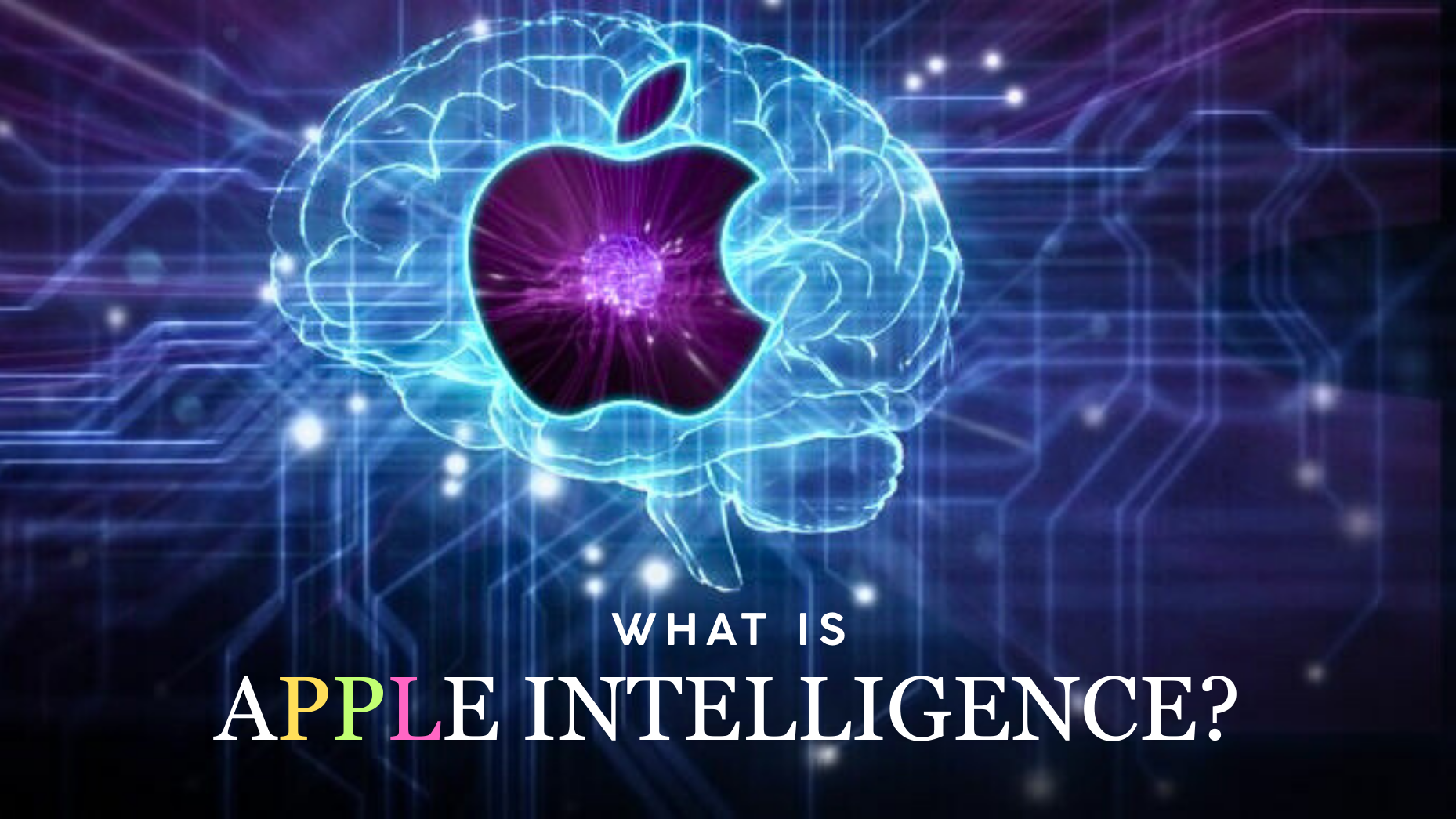
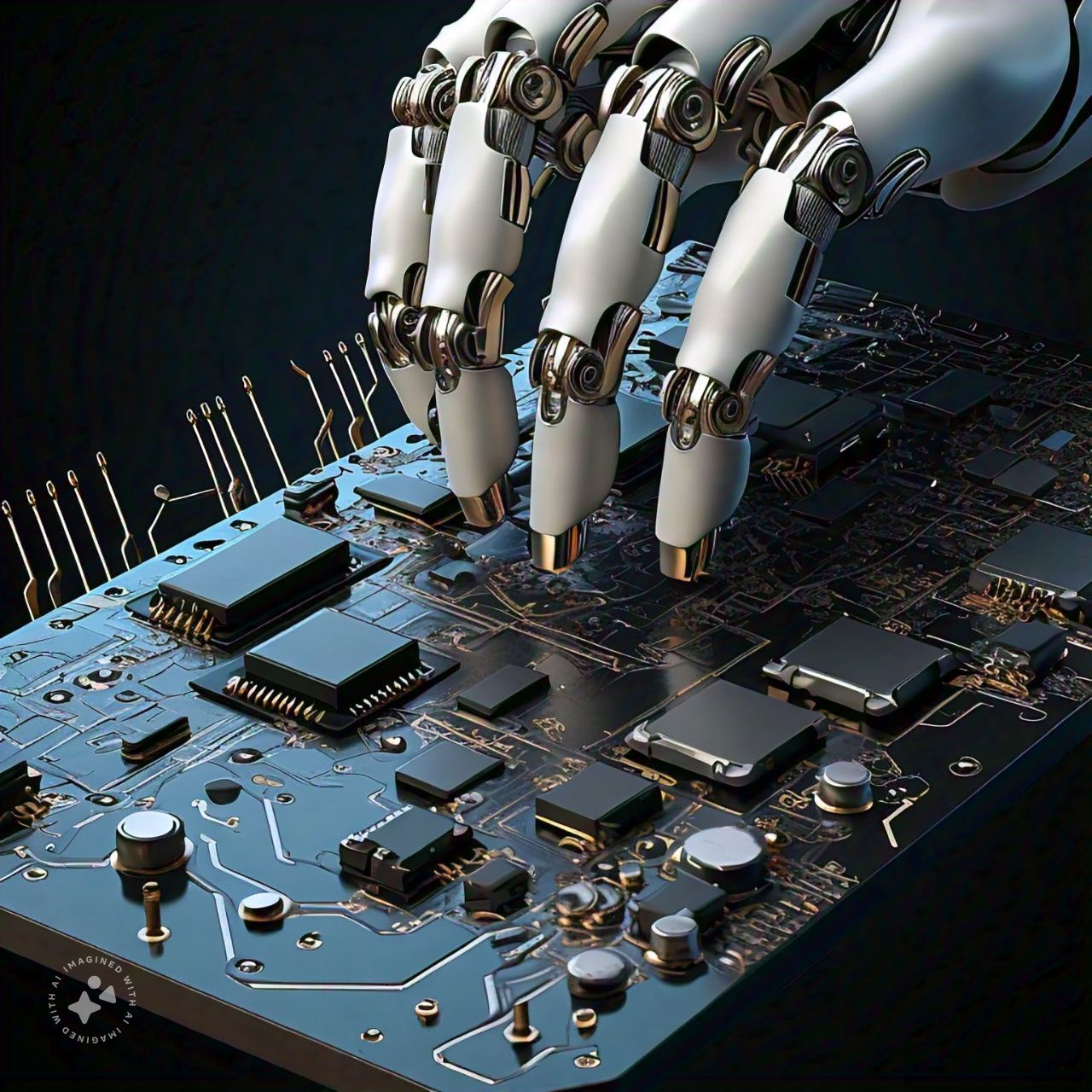

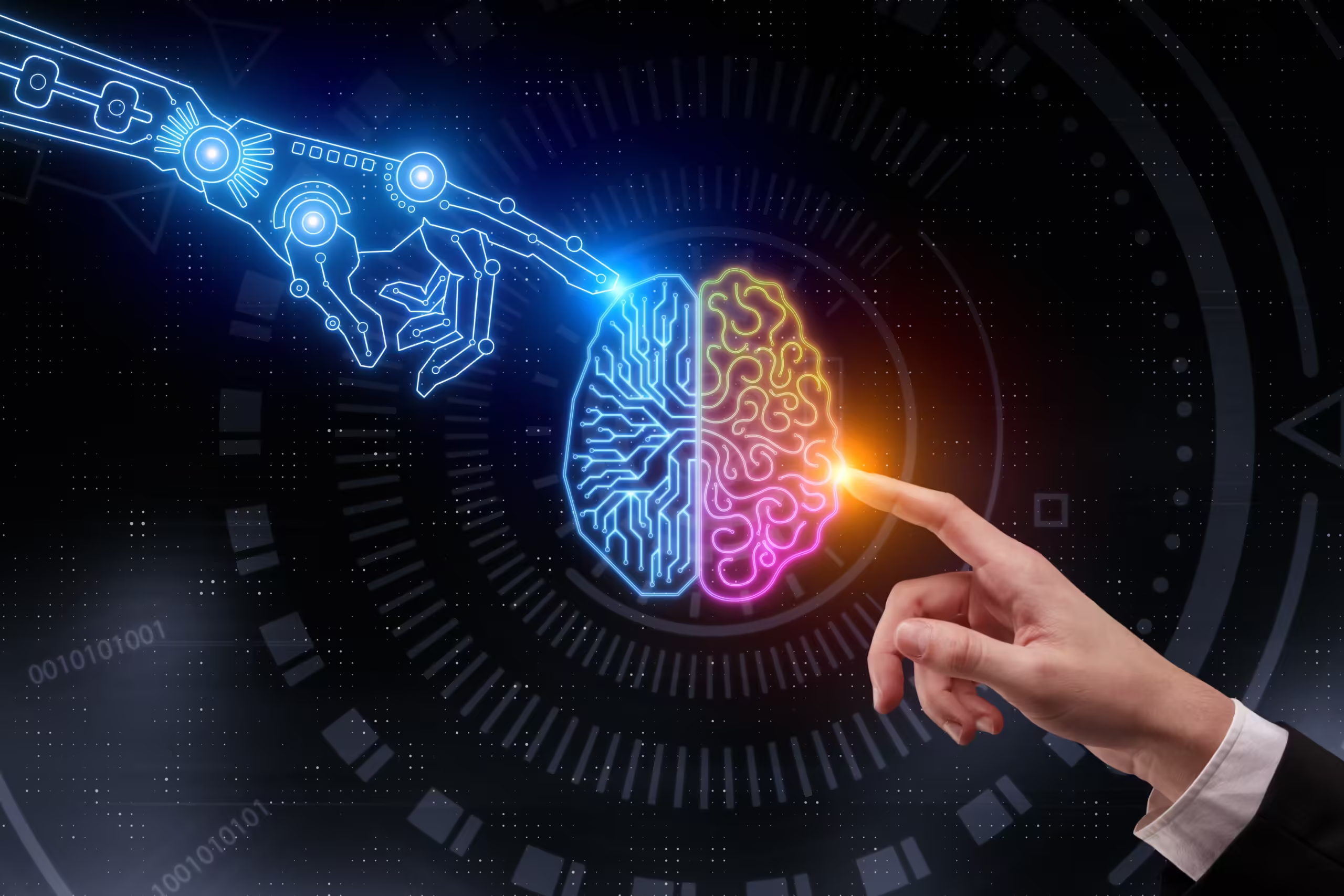
Leave a Reply